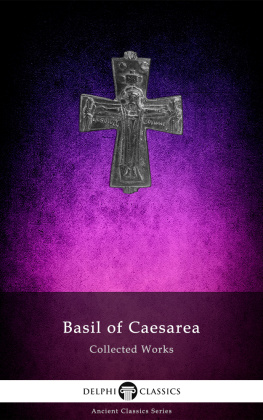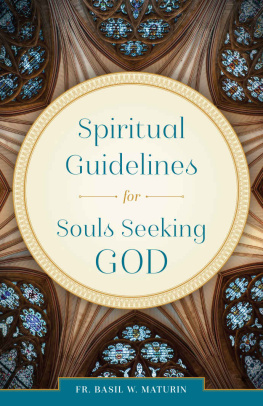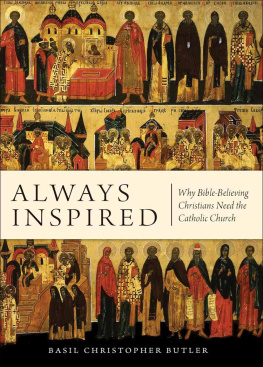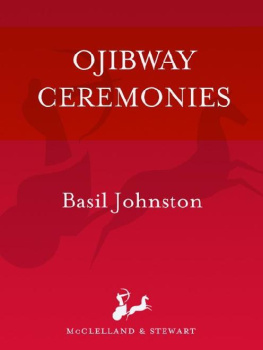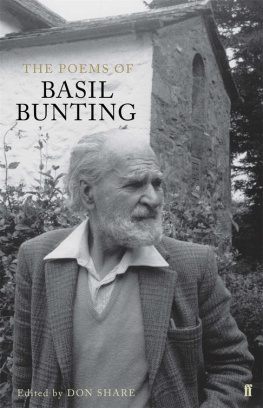LEGEND LAND
Being a collection of some of the
OLD TALES told in those Western
Parts of Britain served by the
GREAT WESTERN RAILWAY, now
retold by LYONESSE
Colophon
VOLUME ONE
Published in 1922 by
THE GREAT WESTERN RAILWAY
[FELIX J. C. POLE, GENERAL MANAGER]
PADDINGTON STATION, LONDON
CONTENTS AND ILLUSTRATIONS
| Page 4 |
| 8 |
| 12 |
| 16 |
| 20 |
| 24 |
| 28 |
| 32 |
| 36 |
| 40 |
| 44 |
| 48 |
| 52 |
This is a reprint in book form of the first series of The Line to Legend Land leaflets, together with a Supplement, "The Furry Day Song."
to the six stories of Wales.
Printed by Spottiswoode, Ballantyne & Company Limited,
One New Street Square, London, E.C.4
FOREWORD
I n those older, simpler days, when reading was a rare accomplishment, our many times great-grandparents would gather round the blazing fire of kitchen or hall on the long, dark winter nights and pass away the hours before bedtime in conversation and story-telling.
The old stories were told again and again. The children learned them in their earliest years and passed them on to their children and grandchildren in turn. And, as is natural, in all this telling the stories changed little by little. New and more familiar characters were introduced, or a story-teller with more vivid imagination than his fellows would add a bit here and there to make a better tale of it.
But in origin most of these old legends date from the very dawn of our history. In a primitive form they were probably told round the camp-fires of that British army that went out to face invading Csar.
Then with the spread of education they began to die. When many folk could read and books grew cheap there was no longer the need to call upon memory for the old-fashioned romances.
Yet there have always been those who loved the old tales best, and they wrote them down before it was too late, so that they might be preserved for ever. A few of them are retold briefly here.
All people should like the old stories; all nice people do. To them I commend these tales of Legend Land, in the hope that they may grow to love them and the countries about which they are written.
LYONESSE
THE MERMAID OF ZENNOR
C arved on one of the pews in the church of Zennor in West Cornwall is a strange figure of a mermaid. Depicted with flowing hair, a mirror in one hand and a comb in the other, the Zennor folk tell a strange story about her.
Years and years ago, they say, a beautiful and richly dressed lady used to attend the church sometimes. Nobody knew where she came from, although her unusual beauty and her glorious voice caused her to be the subject of discussion throughout the parish.
So attractive was she that half the young men of the village fell in love with her, and one of them, Mathey Trewella, a handsome youth and one of the best singers in the neighbourhood, determined that he would discover who she was.
The beautiful stranger had smiled at him in church one Sunday, and after service he followed her as she walked away towards the cliffs.
Mathey Trewella never returned to Zennor, nor did the lovely stranger ever attend church again.
Years passed by, and Mathey's strange disappearance was almost forgotten when, one Sunday morning, a ship cast anchor off Pendower Cove, near Zennor. The captain of the vessel was sitting idling on the deck when he heard a beautiful voice hailing him from the sea. Looking over the side he saw the mermaid, her long yellow hair floating all around her.
She asked him to be so kind as to pull up his anchor, for it was resting upon the doorway of her house under the sea and she was anxious to get back to Mathey, her husband, and her children.
In alarm, the captain weighed anchor and stood out to sea, for sailors fear that mermaids will bring bad luck. But later he returned and told the Zennor folk of Mathey's fate, and they, to commemorate the strange event, and to warn other young men against the wiles of the merrymaids, had the mermaid figure carved in the church.
And there it is to-day for all the world to see, and to prove, to those who do not believe the old stories, the truth of poor Mathey Trewella's sad fate.
Zennor is a lovely moorland village in the neighbourhood of some of the wildest scenery in Cornwall. To the south-west rugged moors stretch away to the Land's End. To the north a quarter of an hour's walk brings you to the coast with its sheltered coves and its cruel cliffs. Gurnard's Head, one of the most famous of all Cornish promontories, is less than two miles away. Grim, remote, yet indescribably fascinating, the country around Zennor is typical of that far western corner of England which is swept continually by the great health-giving winds of the Atlantic.
In its sheltered valleys flowers bloom all the year round. On its bold hill-tops, boulder-strewn and wild, there remain still the old mysterious stones and the queer beehive huts erected by men who inhabited this land in the dark days before Christianity.
Gorse and heather riot over the moorland. There is a charm and peace about this too little known country that compels health and well-being.
Yet Zennor is only five and a half miles by the moorland road from St. Ives, that picturesque little fishing town that artists and golfers know so well. St. Ives, less than seven hours' journey from Paddington, is an ideal centre from which to explore the coast and moorland beauties of England's furthest west.
The Mermaid of Zennor: Bench End in Zennor Church
THE STONE MEN OF ST. CLEER
A thousand feet above sea level among the heather and bracken of Craddock Moor, four or five miles north of Liskeard, you may find to-day the remains of three ancient stone circles known as "The Hurlers." Antiquaries will tell you that the Druids first erected them, but the people of the countryside know better. From father to son, from grandparent to child, through long centuries, the story has been handed down of how "The Hurlers" came to be fixed in eternal stillness high up there above the little village of St. Cleer.
Exactly how long ago it was nobody knows, but it happened in those early days when pious saints were settling down in the remote parts of savage Cornwall and striving to convert the wild Cornish from their pagan ways.
Then, as even to this day, the game of Hurlinga sort of primitive Rugby footballwas a popular pastime with the people. Village used to play against village, with goals perhaps four or five miles apart. And the good folk of St. Cleer were as fond of the game as any of their neighboursso fond, in fact, that they would play it on any and every occasion, despite the admonitions of their local saint and parson, after whom the village was named.
Again and again he would notice that his little church was empty on Sunday mornings while the shouts and noise of a hard-fought Hurling match drifted across the moorland in through the open church door. Again and again he would take his flock to task for their godless ways and their Sabbath-breaking games. But it was of little use. For a Sunday or two they would be penitent and attend service. Then would come a fine morning, and a challenge perhaps from the Hurlers of St. Ive or North Hill, on the other side of the moors, and the young men would decide to chance another lecture from the patient saint, and out they would go to the hillside to do battle for the honour of their parish.



